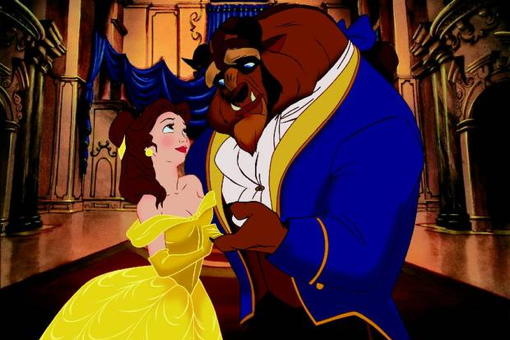By Tiffiny Whitney · January 15, 2012

The technology behind the 3-D film has been around since the 1950’s, despite Hollywood’s attempts to convince you that it’s a new and “cool” reason to pay even more to see a movie nowadays. And though I will be the first to admit that some movies kinda need the 3-D technology in order to enjoy it as it was meant to be (Avatar, for example), I personally believe that the resurrection of the technique is nothing more than a Hollywood gimmick designed to entrance a new generation of moviegoers with a new reason to pay more money just to see endless amounts of sequels and prequels, rather than investing in creativity and unique, clever stories.
It should come as no surprise that Disney, a company notorious for making superfluous business decisions for a profit (because they know we’ll pay for it because it’s Disney) appears to be one of the biggest promoters of 3-D technology. With Tron: Legacy and Alice in Wonderland proving huge successes, Disney’s newest business plan appears to simply recycle their old successes into new ones using the novelty of 3-D. The most recent Disney classic to fall victim to this gimmicky trick is Beauty and the Beast—a film they likely could have re-released simply in 2-D and still have made a profit.
On the off-chance that you’ve never had the opportunity to enjoy this wonderful Disney film, Beauty and the Beast is the Disney-fication of the classic French fairytale emphasizing the importance of inner beauty rather than physical attractiveness. In the Disney version, the beast is a spoiled prince cursed by an enchantress to live life as a wolfy, furry beast until he can find a woman to fall in love with him and help him realize the error of his ways—thus breaking the spell. The film’s protagonist, Belle, is a beautiful and intelligent village woman who comes to live with the Beast in a prisoner exchange for her father. After about a period of two days, the two fall in love with each other, setting the stage for the crescendo conflict of the film where their love is tested. Ultimately, the film ends as you would expect any Disney animated film to, and proves once again that it doesn’t matter how ugly a guy is—if he’s rich, he’ll always get the girl.
As I previously mentioned, there are some films out there that really benefit from the use of 3-D technology. Chief among them, in my opinion, is Avatar and Tron: Legacy, which were both greatly enhanced by its use. That being said, both films were actually filmed with the intention of being 3-D features to the point of where the directors were very careful to make sure that the use of 3-D only aided in the existing visuals, rather than distracted from the main storyline. Beauty and the Beast, however, was animated in two dimensions and, honestly, would have been better had it stayed that way.
The only part of Beauty and the Beast that stood out as particularly stunning as a result of using 3-D was the scenery of the film—but really, only if a character wasn’t on-screen with it, or if the character was meant to be subservient to the scenery in the first place. Otherwise, 3-D completely distracted from the actual substance of the story. For example, the beginning of the film tells the story of the cursed prince through a series of stained-glass window panes. Though the panes themselves were not in 3-D, rose bushes surrounding the panes added an element of character that was not there previously. Additionally, any scene where the castle itself was meant to be the main focus of the scene was also enhanced, particularly the famous ballroom scene where Belle and the Beast share their first real moment of mutual, full-on twitterpation.
That being said, the interjection of 3-D technology felt gimmicky 99% of the time. Beauty and the Beast was written and crafted in the golden-age of Disney, where the story was not reliant at all on using some extraneous technique to keep the attention of the viewer. There’s an actual story that is well-crafted and beautifully animated that carries itself. The use of 3-D in the re-release feels almost like an insult or perversion of the original. Utilizing 3-D in this film exaggerates what is actually something very simple, and was meant to be so. Exaggerating the scenery, making a character that is thrown for comedic effect “come at you” in the theater—all of this extra effort distracts from the actual story and what made it so special in the first place.
Overall, though I find it disappointing that so many studios are abandoning new ideas and creative storytelling in favor of simply re-releasing old films—especially if the only ‘improvement’ is the use of 3-D technology—the upside is that at least they’re choosing good films, such as Beauty and the Beast, that enthrall audiences new and old with the magic of truly good storytelling. When it comes down to finding “child-friendly” films, re-releasing a great movie is actually preferable to some of the other films out there too. That being said, if you’re choosing whether or not to go see the 3-D version or the 2-D, save your money. See it in 2-D. The original, in this case, is better than the remix.